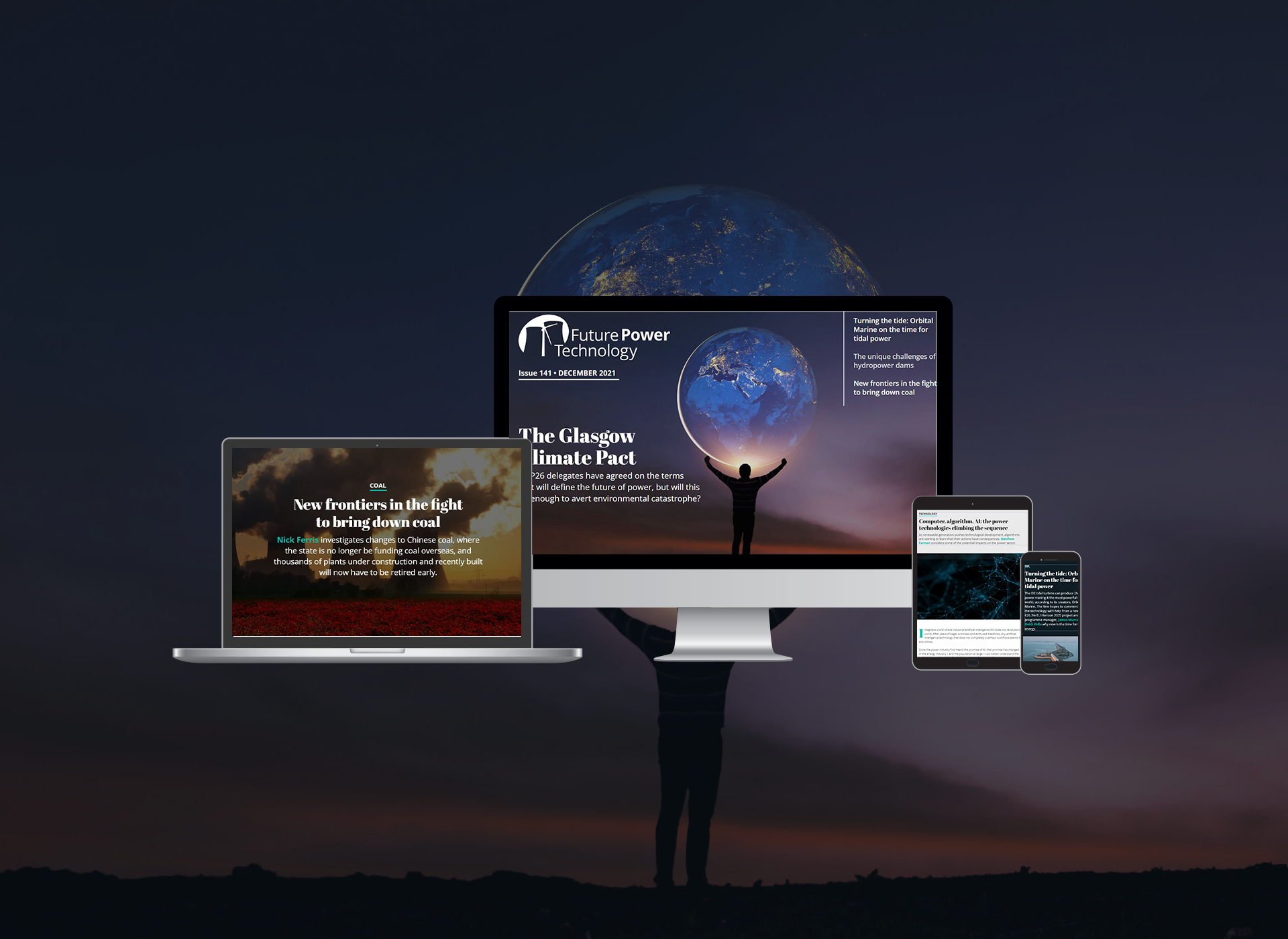
Following weeks of debate, protests and promises, the COP26 climate summit came to an end, and produced the Glasgow Climate Pact, an agreement signed by attendees to change their energy policies to ensure the safety of the Earth’s environment.
Yet now that the dust has settled on the document, and abstract ideas have been formalised into coherent policies, the pact itself falls short of many people’s expectations. From the mere “phase-down” of coal to an ultimate acknowledgement that the pact will not be enough to combat climate change, what, if anything, did the conference and its agreement achieve?
Elsewhere, we consider the political and economics challenges facing some of the world’s largest energy projects, from hydropower facilities to solar panels. We also speak to Orbital Marine to check in with the development of hydropower, and break new ground as we assess the future of coal, and the impacts of new technologies on the power industry at large.
Whether you are on a desktop, tablet or smartphone, you can read the magazine for free online, and join the conversation on Twitter.
In this issue


US Tariffs are shifting - will you react or anticipate?
Don’t let policy changes catch you off guard. Stay proactive with real-time data and expert analysis.
By GlobalData
COP26: inside the Glasgow Climate Pact, and its effect on power
COP26 delegates have agreed on the terms that will define the future of coal power, fossil fuels, and electricity generation. Matthew Farmer asks if this is enough for the future of the planet?

Turning the tide: Orbital Marine on the time for tidal power
The O2 tidal turbine can produce 2MW of power making it the most powerful in the world, according to its creators, Orbital Marine. The firm hopes to commercialise the technology with help from a new €26.7m EU Horizon 2020 project and Orbital programme manager, James Murray, tells Heidi Vella why now is the time for tidal energy.

Computer, algorithm, AI: the power technologies climbing the sequence
As renewable generation pushes technological development, algorithms are starting to learn that their actions have consequences. Matthew Farmer considers some of the potential impacts on the power sector.

The unique challenges of hydropower dams
Hydropower dams are among the most complicated renewable power projects in the world, especially when the rivers they are built upon cross national borders. JP Casey looks at recent controversies in the hydropower sector to see what lessons can be learned ahead of future developments.

New frontiers in the fight to bring down coal
Nick Ferris investigates changes to Chinese coal, where the state is no longer be funding coal overseas, and thousands of plants under construction and recently built will now have to be retired early.

Price surges: how the rising cost of solar threatens half of the 2022 pipeline
Solar power shines a guiding light for expensive, newly-emerging renewables. Matthew Farmer asks, after spectacular fluctuations in cost, what barriers will solar need to overcome for greater affordability?

Next issue: energy storage
Producing power is one matter, but storing it is a different challenge entirely. Critics of renewables point to the fact that the wind doesn’t always blow and the sun doesn’t always shine, so storing, distributing, and managing the energy produced by these sources is a key step in the transition from renewables being a neat innovation to the cornerstone of the world’s energy mix. What challenges remain for the energy storage sector in particular?



